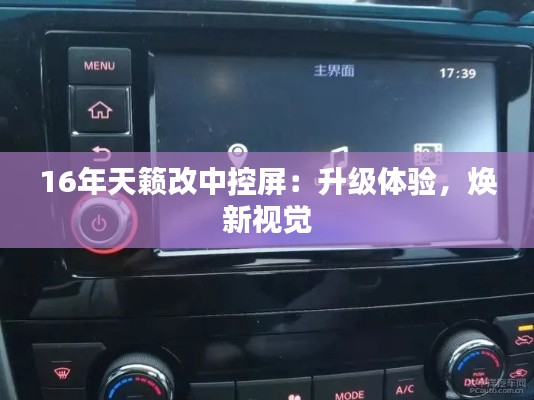Decoding RTCA: The Power of Real-Time Curve Analysis in Data-Driven Decision Making
标题:Decoding RTCA: The Power of Real-Time Curve Analysis in Data-Driven Decision Making
文章:
Introduction to RTCA
RTCA stands for Real-Time Curve Analysis, a cutting-edge technique that has gained significant traction in various fields, particularly in data analysis and decision-making processes. RTCA involves the real-time monitoring and analysis of curves or trends to extract meaningful insights and make informed decisions. This article aims to delve into the concept of RTCA, its applications, and the benefits it offers in today's data-driven world.
Understanding Curves and Trends
Before we dive into RTCA, it's essential to understand the basics of curves and trends. A curve is a mathematical representation of a relationship between two or more variables, often plotted on a graph. Trends, on the other hand, are the general direction in which a curve is moving, either upward, downward, or horizontal. By analyzing these curves and trends, we can gain valuable insights into various phenomena, from market trends to weather patterns.
The Process of RTCA
The process of RTCA involves several key steps:
- Data Collection: The first step is to collect the relevant data points that will be used to create the curves. This data can come from various sources, such as sensors, databases, or real-time feeds.
- Data Preprocessing: Raw data often requires preprocessing to ensure its quality and relevance. This may involve filtering, cleaning, and normalizing the data.
- Curve Creation: Using statistical or machine learning algorithms, the data is transformed into curves that represent the relationships between variables.
- Trend Analysis: The curves are then analyzed to identify trends, patterns, and anomalies.
- Decision Making: Based on the insights gained from the analysis, informed decisions are made to optimize processes, improve performance, or address potential issues.
Applications of RTCA
RTCA has found applications in numerous industries, including:
- Finance: In stock market analysis, RTCA helps traders identify trends and make timely investment decisions.
- Healthcare: In medical research, RTCA can be used to analyze patient data and predict disease progression.
- Manufacturing: RTCA helps manufacturers monitor production lines and predict equipment failures, thereby optimizing maintenance schedules.
- Energy: RTCA assists in analyzing energy consumption patterns and optimizing energy distribution systems.
- Transportation: In traffic management, RTCA can help predict traffic patterns and optimize traffic flow.
Benefits of RTCA
RTCA offers several benefits, including:
- Real-Time Insights: RTCA provides immediate insights, allowing for quick responses to changing conditions.
- Accuracy: By analyzing large volumes of data, RTCA can identify subtle patterns and trends that may be missed by traditional analysis methods.
- Efficiency: RTCA automates the analysis process, saving time and resources.
- Predictive Power: RTCA can predict future trends, enabling proactive decision-making.
Challenges and Limitations
While RTCA offers numerous benefits, it also comes with its own set of challenges and limitations:
- Data Quality: The accuracy of RTCA depends heavily on the quality of the data collected.
- Complexity: The analysis process can be complex, requiring expertise in statistics, data science, and machine learning.
- Integration: Integrating RTCA into existing systems and processes can be challenging.
- Cost: Implementing RTCA can be expensive, especially for small businesses or organizations with limited resources.
Conclusion
RTCA, or Real-Time Curve Analysis, is a powerful tool that can revolutionize data-driven decision-making across various industries. By providing real-time insights, accuracy, and efficiency, RTCA helps organizations stay ahead of the curve and make informed decisions. However, it is crucial to address the challenges and limitations associated with RTCA to ensure its successful implementation and utilization.
Revolutionizing Productivity: The Power of RTCS in Modern Workplaces
The Impact of Social Media on Mental Health: A Comprehensive Debate
The Rise of English Real-Time Morning News on Overseas WeChat Public Accounts
The Future of Communication: Real-Time Voice Conference Translation
The Rise of Popular Wallpapers: A Visual Trend Across Cultures
The Evolution of English Pop Charts: A Deep Dive into the Most Popular Playlists
The Fruit of Hard Work: Unveiling the Rewards of Perseverance












 浙ICP备2021033100号-1
浙ICP备2021033100号-1